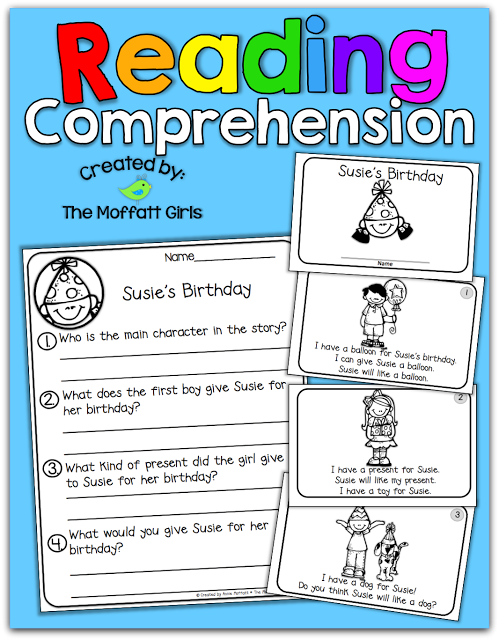The American Education system is seen as something that is lacking compared to the rest of the world. Although we have improved the system since its start. We still have a ways to go. I think that one of our main problems is we have teachers who are not invested in the system anymore because of its recent failures. The educational system that we have now although it seems to be working is something that has left many children behind.
The main problem is that the goals that we set for children are limited. We have children at all different levels and to set goals for each of them can makes a classroom hard to manage. You have to cater to the needs of all of the students and do this by making sure they all reach personal goals which are sometime to low to begin with. As Allington said in his article we have to, "reject the notion that only a few children can learn to read and write well." All children if given the opportunity should be able to read and write well. By setting these low standards for some and higher ones for others we are limited children to only meet goals that are barely achieving. If we had the same goals for all children then all of them could reach it at different times and ways and increase their knowledge while doing so.
I think the main way to do that is by hiring teachers who see a vision of all children succeeding. So many teachers cater to those that are smarter and leave those out who are struggling, or they do the opposite. It is so hard to watch a child struggle and not get the help they deserve. I think another problem is so many teachers are hired based on experience rather than ability and those in charge think that is a good thing. If their experience shows that they are worthy then fine but if not bring a fresh pair of eyes into the classroom and they will probably succeed. It is important to have good teachers in the classroom to harness the learning of children at such an influential age. I saw this at an Elementary school I worked in a teacher that had a lot of experience was able to stay at a school even though the students that were leaving her classroom were barely on level for things that they needed to know. As a result a teacher with less experience was let go even though the students leaving her classroom were doing much better than the more experienced teacher.
I think that once we have teachers that are worthy of teaching in classrooms are standards of education will go up. Once these go up we can have a better quality education system that encourages and allows students to grow.









.png)













